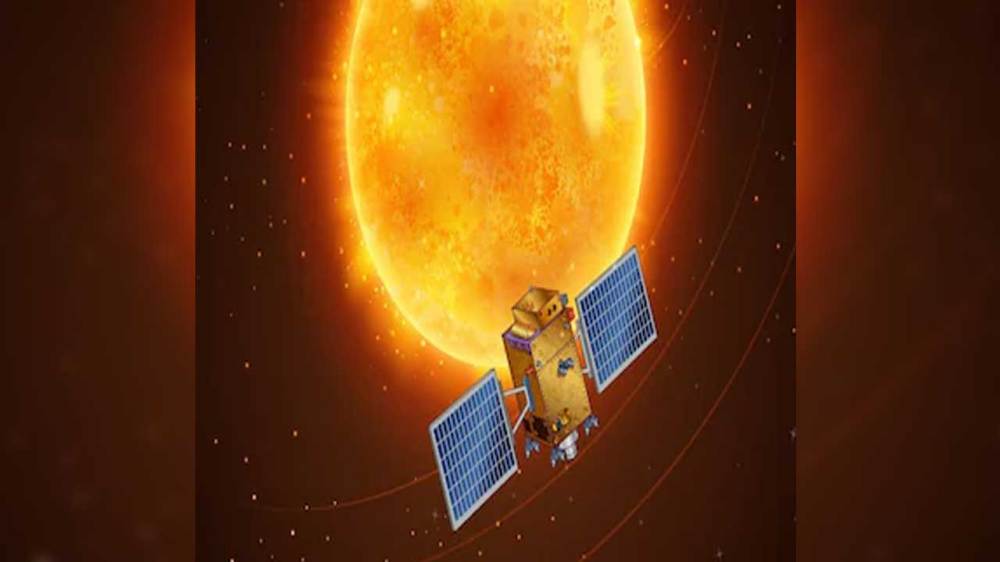
ISRO's solar mission Aditya L-1 has achieved a milestone. Two instruments mounted on Aditya L-1 have captured the occurrence of a solar storm on the surface of the Sun.
ISRO gave this information on Monday. Solar storms also affect the Earth. However, scientists have not yet been able to find out what causes solar storms to erupt from the surface of the Sun. The Solar Ultraviolet Imaging Telescope (SUIT), an instrument mounted on Aditya L-1, and another instrument, the Visible Emission Line Coronagraph (VELC), have captured the solar storm erupted from the surface of the Sun. ISRO said that the instruments mounted on Aditya L-1 captured solar storms in May 2024. ISRO said that huge waves emerge from the surface of the Sun, called coronal mass ejections (CMEs) or solar storms. These waves are small, medium or large in size.
Effects on Earth
The massive waves affect the earth as well and often the effect of these magnetic waves can destroy the entire communication system and satellites, power grids, etc. on earth. The solar storm that Aditya L-1 captured on camera was large and moderate in size. The event occurred on May 8 and 9 and resulted in a major magnetic storm being recorded on May 11.
Aditya L-1 is located 15 lakh km away from Earth
ISRO launched its first solar mission, Aditya L-1, in September 2023, which reached the Lagrangian point 15 lakh km from Earth in January after a journey of 127 days.
 look news india
look news india
